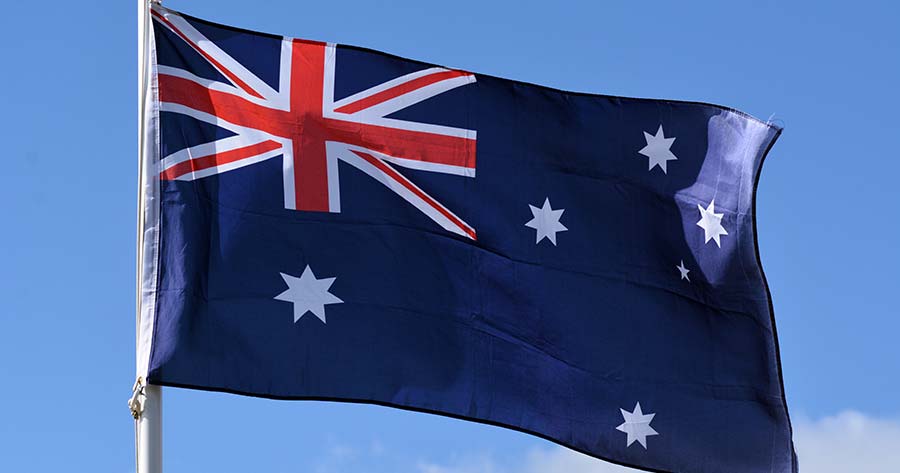In August, Australian consumer price inflation decreased to a three-year low of 2.7% annual rise, a decrease from 3.5% in July and in line with market expectations, due to government rebates on electricity and a decline in petrol prices. Meanwhile, core inflation reached its lowest level since early 2022, signaling a cooling of costs.
Despite the figures, the market response was tempered as the central bank had previously indicated its intention to overlook the decline in headline inflation, deeming it insufficient to warrant immediate rate cuts.
The Australian dollar stabilized at $0.6890, retracting from its 1-1/2-year high, while three-year bond futures remained relatively unchanged at 96.64.
With electricity prices plummeting nearly 15% in August and petrol prices dropping by 3.1%, annual electricity rates saw a significant decline of 17.9%, the most substantial drop since the early 1980s. The ABS credited this notable decrease to electricity subsidies provided by federal and state entities, averting an otherwise projected 0.1% rise in electricity prices for the month.
Despite the Reserve Bank of Australia’s (RBA) decision to maintain its policy rate at 4.35% since November, citing its efficacy in steering inflation within the target range of 2-3% while safeguarding employment advances, policymakers remain cautious due to the negligible reduction in underlying inflation over the past year.
Moreover, the trimmed mean, a key measure of core inflation, decelerated to an annual rate of 3.4%, down from 3.8%, remaining slightly above the 2-3% target band and presenting a challenge to potential interest rate cuts.
Market expectations, as depicted by Bank Bill Swap Rate (BBSW), indicate a 75% likelihood of the RBA initiating rate cuts in December, subsequent to its recent decision to keep the rate steady and abstain from discussing rate hikes.





